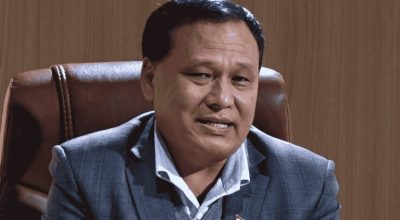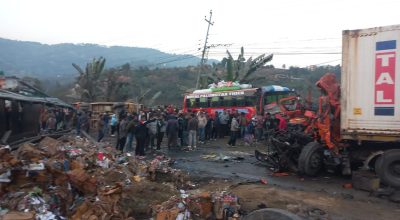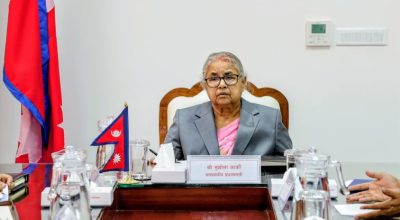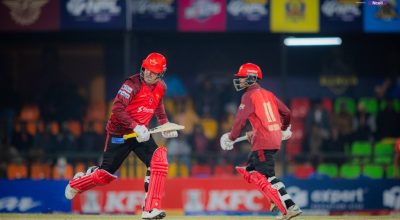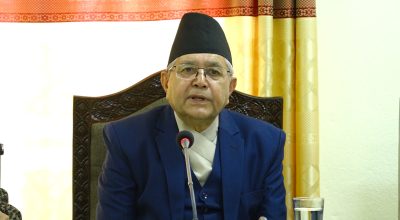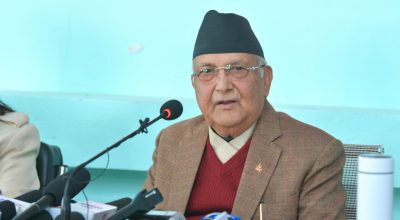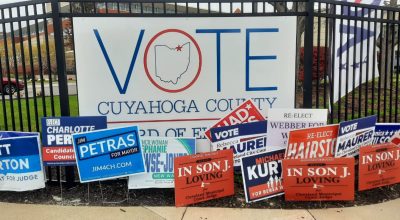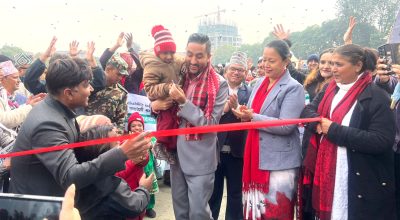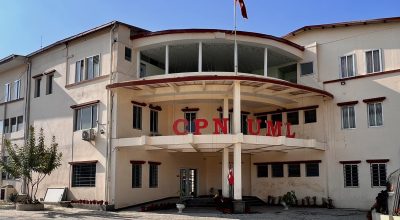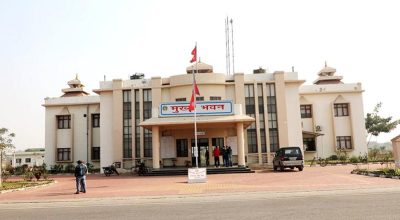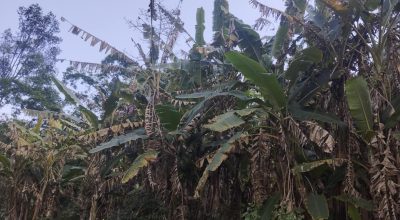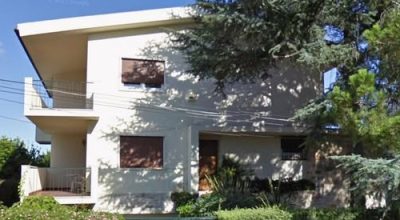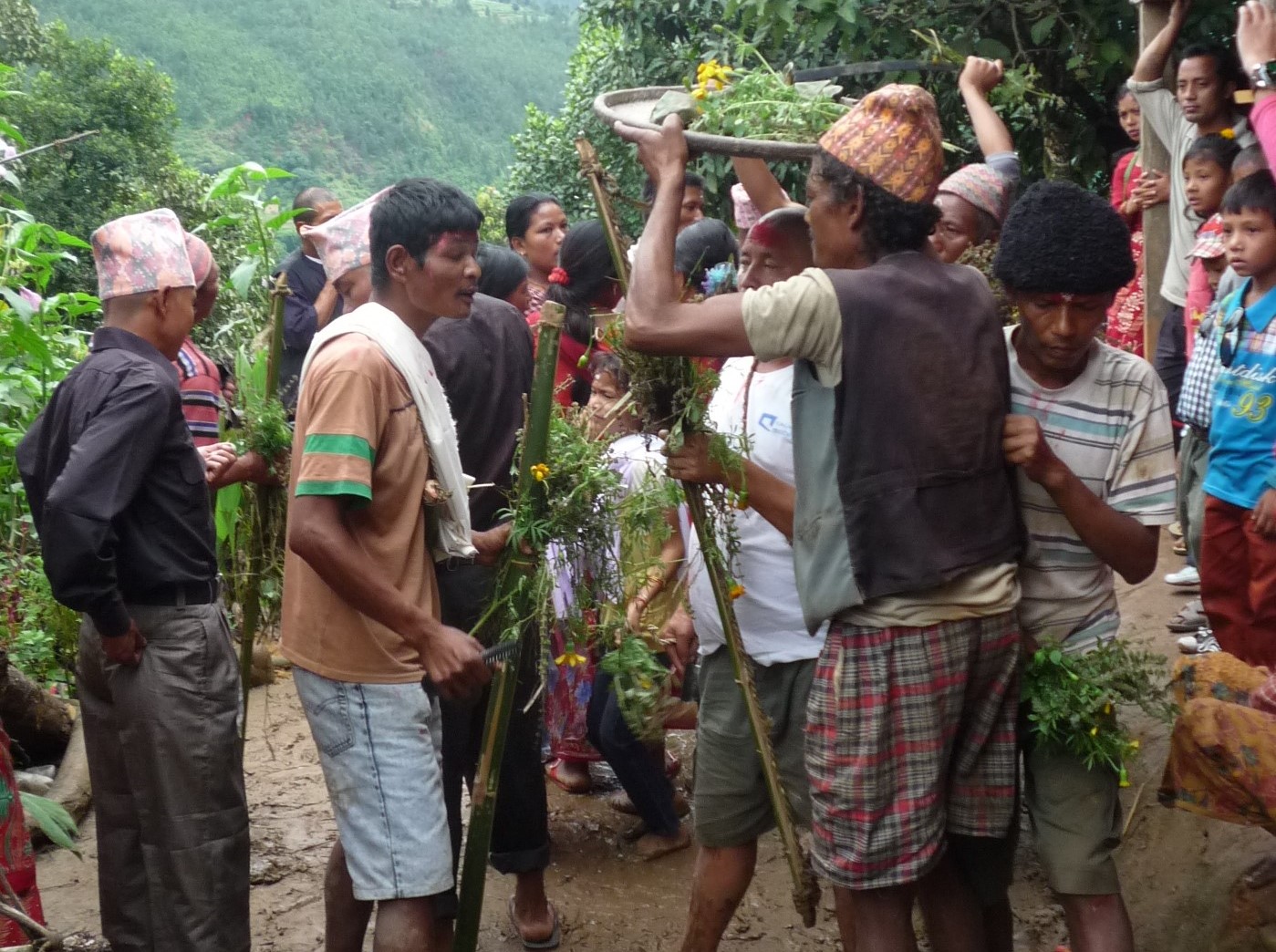
Kavrepalanchowk, Nov 4: The Majhi community in the district is also observing the ‘Pitara Parva’ rituals amidst the celebration of Tihar festival. Pitara Parva rituals are related to paying homage to the dead ancestors.
The people of other communities perform the ‘Shraddha’ rituals on the death anniversary of their ancestors. But the minority Majhi community has this unique practice, according to which the family need not perform the ‘Shraddha’ rituals once they conduct the Pitara Parva in commemoration of the dead family members.
Pitara Parva is observed every year the next day of the Dashain festival and the next day of the Bhaitika of Tihar festival. This cultural cum spiritual ritual is observed as per the time-honoured tradition, said Ram Krishna Majhi of Aanpchaur, Mandan Deupur Municipality-10.
“The youths have been taking the lead in giving continuity to the Pitara Parva,” he said, adding that the Majhi community throughout the country observed this ritual since Sunday evening.
As per a legend related to the Pitara Parva, once upon a time Lord Mahadev and his consort Parvati reached on the bank of a river in course of touring the Earth. The river was big and they could not cross it to go to the other side. Then they saw a Majhi or fisherman cum boatman rowing his boat in the river. Lord Mahadev and Parvati asked the Majhi man to take them to the other side of the river. The Majhi took Lord Mahadev and Parvati to the other side of the river in his boat. The Lord and goddess were pleased with Majhi and gave him a boon, saying, “You will directly go to heaven after you die.”
According to the local Majhi elders, Pitara Parva started to be observed since that time. Although, this ritual is the tradition of the Majhi community, not all Majhis are required to observe it. Only those families observe it if any member of their family has died in that particular year. If no death has occurred in the community in that year, there is no need to observe the Pitara Parva.
As per the tradition, if someone from the community died the next day of Bhaitika, that person’s family will have to observe the ‘consecration rites’ until the next day of the coming year’s Bijaya Dashami. The annual rituals of paying homage to the dead person are concluded with the observance of the Pitara Parva in the period from the next day of Bijaya Dashami to the day of Bhaitika.
Dhruba Majhi of Aanpchour said though Pitara Parva seems similar to Gaijatra tradition of Newar community, it is a different culture and tradition.
Pictures of different vehicles like elephant, horse, antelopes, aeroplane, soldiers and bus on the wall of the house is drawn the day before the Pitara Parva, in the belief that the dead ancestors come home riding on these vehicles during the observance of the rituals. Even the shape of the dress worn by the person is drawn on the wall. A person of the family has to ‘act dead’ in course of the Pitara Parva rituals.
Such drawing should be erased by the early morning the next day from the evening of Pitara day before anyone sees it.
The ‘mul bote’ or the main boatman of the community begins the activity of ‘taking out’ Pitara and two girls of Majhi are worshipped as priest for the same. No one of other communities should touch them and it is said that they would die if they touched them.
Different types of hymns and dances are performed on the day and night of Pitara Parva. It is believed that after celebrating this festival, the spirit of their dead relatives never comes back and the members, who are alive, would not face any types of harms and obstacles, added Majhi.
He shared that they celebrate Dashain festival with more joy on that year if they don’t have to observe the Pitara Parva in the village. A total of 11 Pitara were taken out from the village after the Gorkha earthquake. RSS #Nepal





